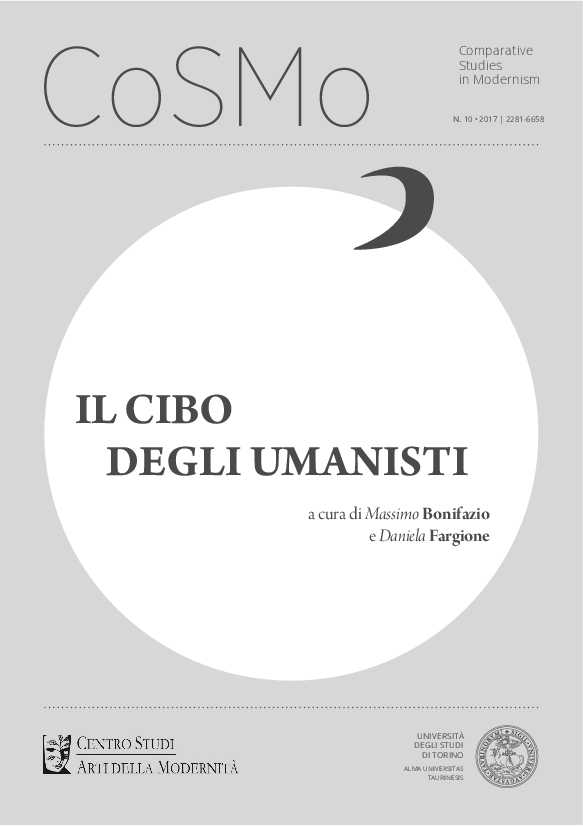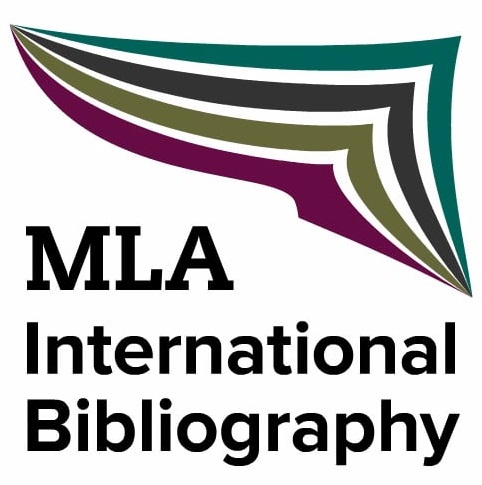I racconti della diossina. Laura Conti e i corpi di Seveso
DOI:
https://doi.org/10.13135/2281-6658/2045Parole chiave:
Ecofeminism, Material Ecocriticism, Dioxin, Laura Conti, SevesoAbstract
What is a narrative agent and what are the political effects of a material narrative? This essay addresses such issues by considering the case of Italy’s first big ecological disaster, occurred in Seveso in 1976. A cloud of dioxin burst out from an industrial site, poisoning people and territory, killing livestock and domestic animals, causing miscarriages and fetal malformations, and producing strong political and ideological polemics over women, their bodies, and their right to self-determination. Laura Conti, scientist, writer, and environmental activist, witnessed and narrated the catastrophe in both its ecological and political dimensions. Analyzing her works, and focusing on dioxin as a "posthuman narrative agent," namely, as a revealing agent that interlaces both materiality and its discursive reverberations, I reflect on how feminist ecocriticism may act as an epistemological tool for an ethics and politics of liberation. This study situates itself in the broader horizon of a feminist theory of material ecocriticism, one that investigates the representations of the body, of inter- and trans-corporeality, multiple causality, complexity and agentic entanglements of matter and discourse.
Downloads
##submission.downloads##
Pubblicato
Fascicolo
Sezione
Licenza
Gli autori mantengono i diritti sulla loro opera e cedono alla rivista il diritto di prima pubblicazione dell'opera, contemporaneamente licenziata sotto una Licenza Creative Commons - Attribuzione che permette ad altri di condividere l'opera indicando la paternità intellettuale e la prima pubblicazione su questa rivista.







